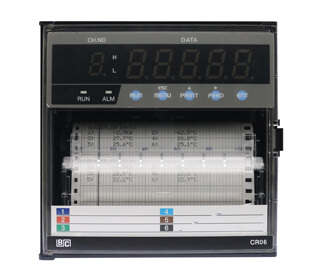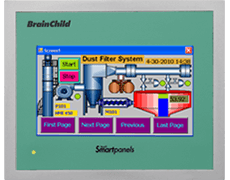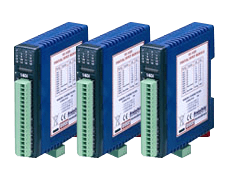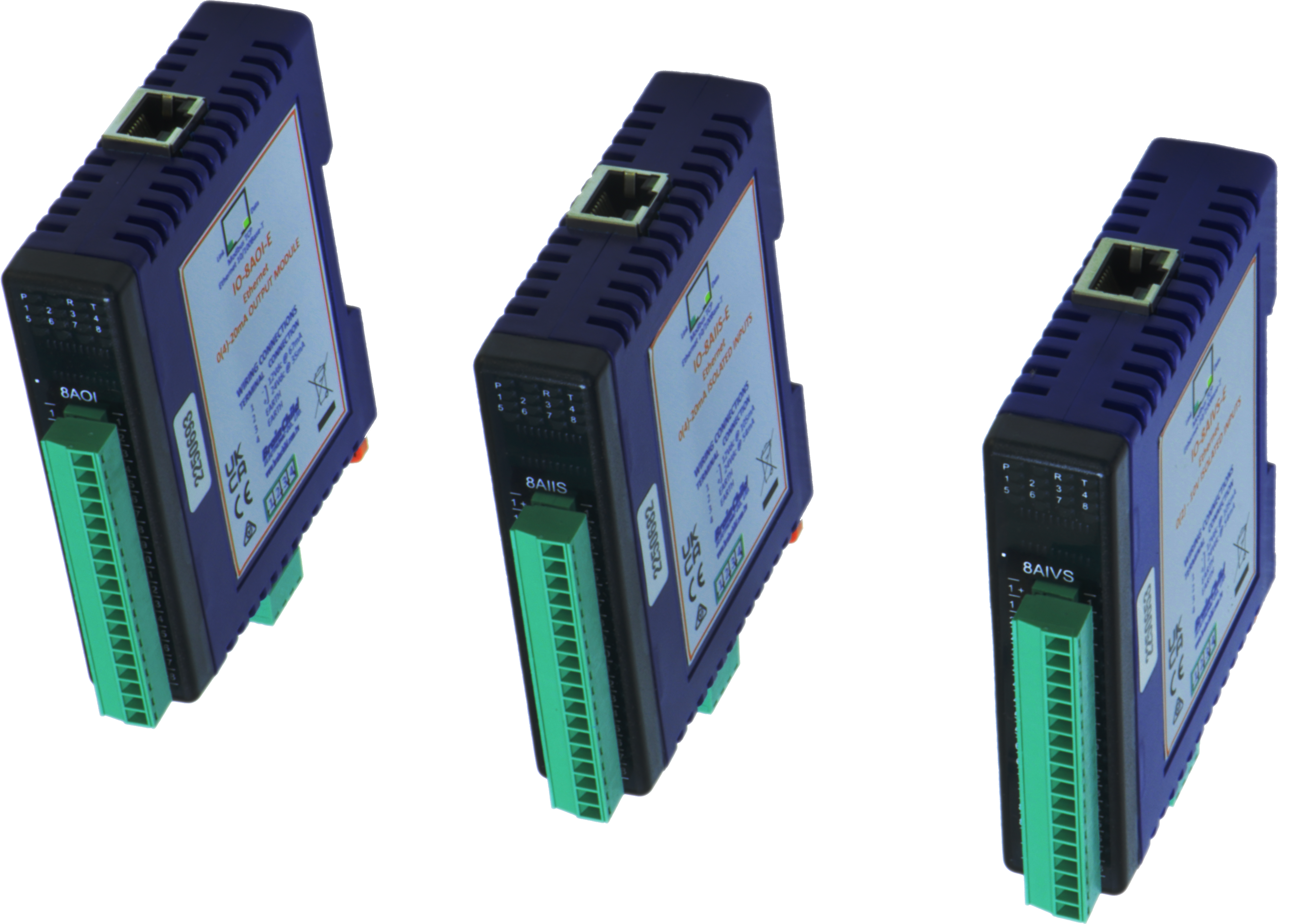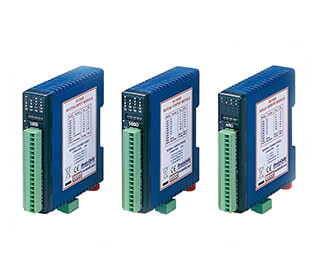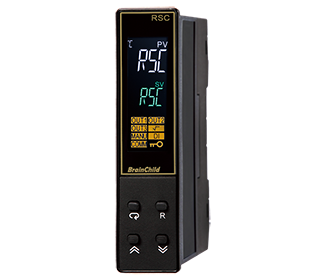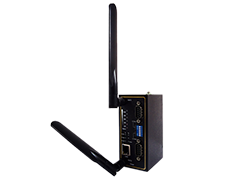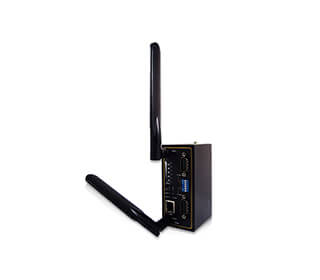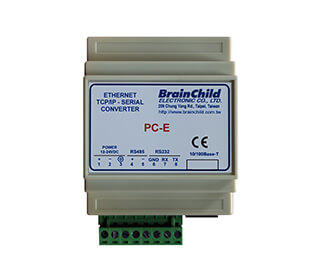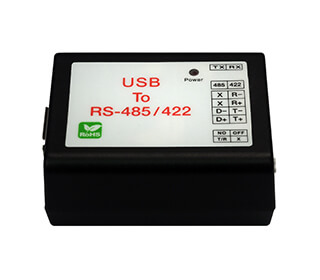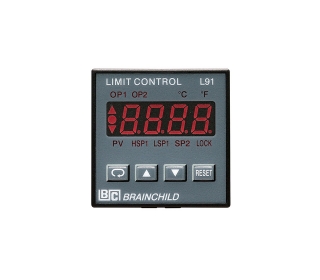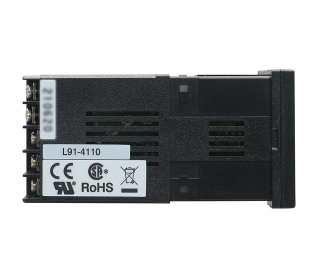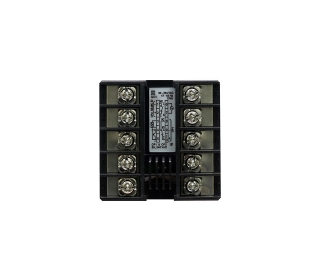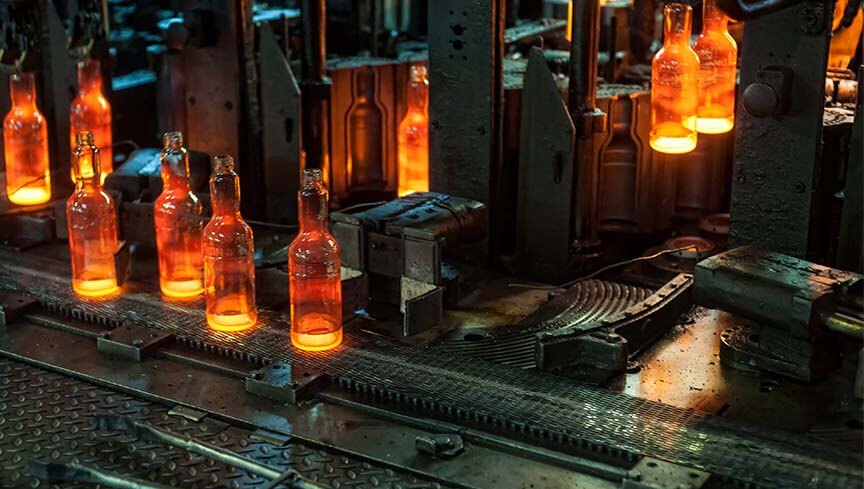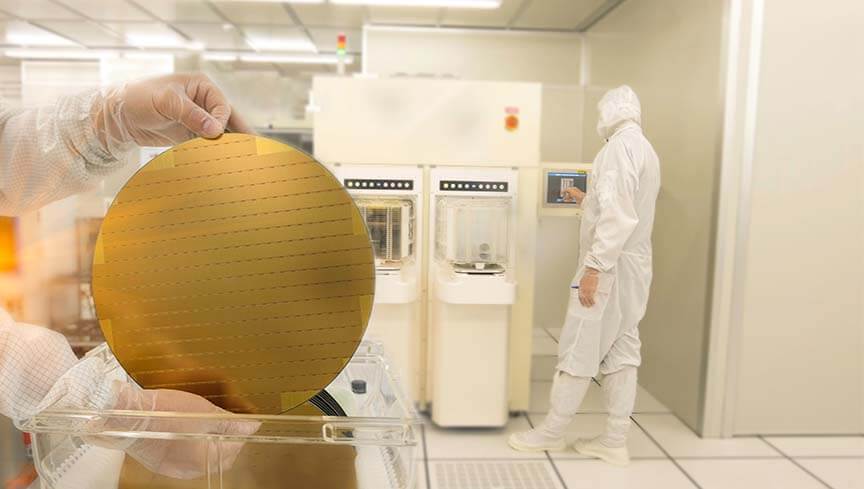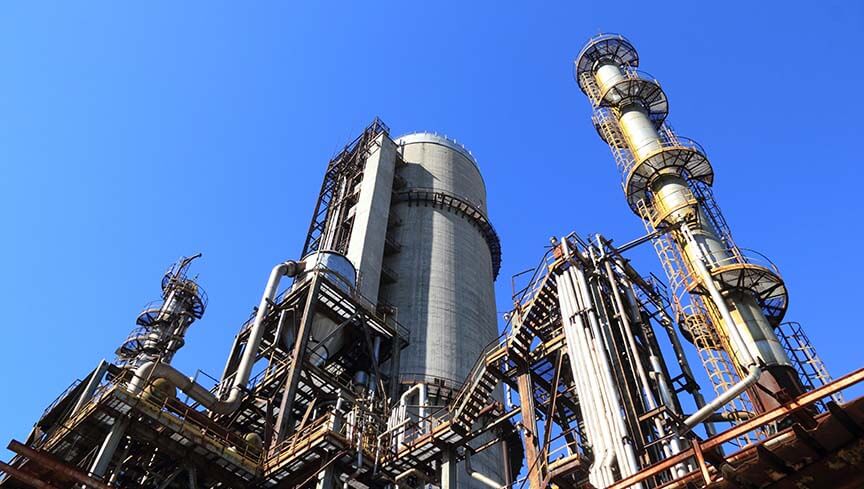Safety limit controllers
The limit control L91 is an over temperature or a high limit safety device with a latching output that could remove the power while the process is in abnormal condition, for example the process higher than high limit set point or lower than the low limit set point.
The high temperature limit controller takes an input from the universal input which is fully programmable for PT100, thermocouple types J, K, T, E, B, R, S, N, L, C, P and 0~60mV. The controller equipped with 2 Amp form C relay as limit control output and equipped with the optional RS-232 or RS-485 communication, retransmission output and transmitter power supply.
| Power |
|---|
| 90 - 250 VAC, 47 - 63 Hz, 10VA, 5W maximum |
| 11 - 26 VAC / VDC, SELV, Limited Energy, 10VA, 5W maximum |
| Signal Input | Characteristics |
|---|---|
| Resolution | 18 bits |
| Sampling Rate | 5 times / second |
| Maximum Rating | -2 VDC minimum, 12 VDC maximum( 1 minute for mA input ) |
| Temperature Effect | ±1.5 uV/ °C |
| Sensor Lead Resistance Effect | T/C: 0.2uV/ohm 3-wire RTD: 2.6 °C/ohm of resistance difference of two leads 2-wire RTD: 2.6 °C/ohm of resistance sum of two leads |
| Burn-out Current | 200nA |
| Common Mode Rejection Ratio ( CMRR ) | 120dB |
| Sensor Break Detection | Sensor open for TC, RTD and mV inputs, below 1 mA for 4-20 mA input, below 0.25V for 1 - 5 V input, unavailable for other inputs. |
| Sensor Break Responding Time | Within 4 seconds for TC, RTD and mV inputs, 0.1 second for 4-20 mA and 1 - 5 V inputs. |
| Characteristics | |||
|---|---|---|---|
| Type | Range | Accuracy@ 25 °C | Input Impedance |
| J | -120 ~ 1000 °C (-184 ~ 1832 °F) | ±2 °C | 2.2MΩ |
| K | -200 ~ 1370 °C (-328 ~ 2498°F) | ±2 °C | 2.2MΩ |
| T | -250 ~ 400°C (-418 ~ 752°F) | ±2 °C | 2.2MΩ |
| E | -100 ~ 900 °C (-148 ~ 1652 °F) | ±2 °C | 2.2MΩ |
| B | 0 ~ 1820 °C (32 ~ 3272 °F) | ±2 °C (200°C - 1820°C) | 2.2MΩ |
| R | 0 ~ 1767.8 °C (32 ~ 3214 °F) | ±2 °C | 2.2MΩ |
| S | 0 ~ 1767.8 °C (32 ~ 3214 °F) | ±2 °C | 2.2MΩ |
| N | -250 ~ 1300 °C (-418 ~ 2372 °F) | ±2 °C | 2.2MΩ |
| L | -200 ~ 900 °C (-328 ~ 1652 °F) | ±2 °C | 2.2MΩ |
| PT100 (DIN) | -210 ~ 700 °C (-346 ~ 1292 °F) | ±0.4°C | 1.3KΩ |
| PT100 (JIS) | -200 ~ 600 °C (-328 ~ 1112 °F) | ±0.4°C | 1.3KΩ |
| mV | -8 ~ 70mV | ±0.05% | 2.2MΩ |
| mA | -3 ~ 27mA | ±0.05% | 70.5Ω |
| V | -1.3 ~ 11.5V | ±0.05% | 510KΩ |
| Event Input | |
|---|---|
| Logic Low | Logic -10V minimum, 0.8V maximum. |
| Logic High | 2V minimum, 10V maximum. |
| Functions | Remote reset, remote lockout. |
| Output 1 / Output 2 | |
|---|---|
| Relay Rating | 2A/240 VAC, life cycles 200,000 for resistive load |
| Pulsed Voltage | Source Voltage 5V, current limiting resistance 66Ω |
| Triac ( SSR ) Output | |
|---|---|
| Rating | 1A / 240 VAC |
| Inrush Current | 20A for 1 cycle |
| Min. Load Current | 50 mA rms |
| Max. Off-state Leakage | 3 mA rms |
| Max. On-state Voltage | 1.5V rms |
| Insulation Resistance | 1000 Mohms min. at 500 VDC |
| Dielectric Strength | 2500 VAC for 1 minute |
| DC Voltage Supply Characteristics ( Installed at Output 2 ) | ||||
|---|---|---|---|---|
| Type | Tolerance | Max. Output Current | Ripple Voltage | Isolation Barrier |
| 20V | ±1 V | 25 mA | 0.2 Vp-p | 500 VAC |
| 12V | ±0.6 V | 40 mA | 0.1 Vp-p | 500 VAC |
| 5V | ±0.25 V | 80 mA | 0.05 Vp-p | 500 VAC |
| Data Communication | |
|---|---|
| Interface | RS-232 ( 1 unit ), RS-485 ( up to 247 units ) |
| Protocol | Modbus Protocol RTU mode |
| Address | 1 - 247 |
| Baud Rate | 0.3 ~ 38.4 Kbits/sec |
| Data Bits | 8 bits |
| Parity Bit | None, Even or Odd |
| Stop Bit | 1 or 2 bits |
| Communication Buffer | 50 bytes |
| User Interface | |
|---|---|
| 4-digit LED Displays | 0.4" (10mm), |
| Keypad | 4 keys |
| Programming Port | For automatic setup, calibration and testing |
| Communication Port | Connection to PC for supervisory control |
| Limit Control |
|---|
| High Limit, Low Limit and High/Low Limit programmable |
| Digital Filter | |
|---|---|
| Function | First order |
| Time Constant | 0, 0.2, 0.5, 1, 2, 5, 10, 20, 30, 60 seconds programmable |
| Environmental & Physical | |
|---|---|
| Operating Temperature | -10°C ~ 50°C |
| Storage Temperature | -40°C ~ 60°C |
| Humidity | 0 to 90 % RH ( non-condensing ) |
| Insulation Resistance | 20 Mohms min. ( at 500 VDC ) |
| Dielectric Strength | 2000 VAC, 50/60 Hz for 1 minute |
| Vibration Resistance | 10 - 55 Hz, 10 m/s² for 2 hours |
| Shock Resistance | 200 m/s2( 20 g ) |
| Moldings | Flame retardant polycarbonate |
| Dimensions | 48mm(W) X 48mm(H) X 94mm(D), 86 mm depth behind panel |
| Weight | 150 grams |
| Approval Standards | |
|---|---|
| Safety | FM Class 3545 (Oct. 1998), UL873 ( 11'th edition, 1994 ) , CSA C22.2 No. 24-93 , EN61010-1 (IEC1010-1) |
| Protective Class | IP30 front panel, indoor use, IP20 housing and terminals ( with protective cover) |
| EMC | EN61326 |
| Documentation | ||
|---|---|---|
| Catalog-L41/L91 | Download | |
| User Manual-UM0L91F | Download | |
| Software&Firmware | ||
|---|---|---|
| Software- BC-Set Pro | Download | |
| Software- BC-Set_V2.0 | Download | |
*BC-SET Pro Compatible models:
Plastic/rubber industry
It is installed on the heating material tube of the injection molding machine to control the temperature of the raw material, effectively control the liquid temperature of the plastic and improve the molding quality of the product.
Installed on the hot runner system for temperature control of runners and gates to stabilize the quality of the plastic.
Temperature control on the mold temperature machine, indirectly adjusting the temperature of the mold by adjusting the temperature of the hot fluid, can improve the production efficiency of the product and reduce the generation of defective products.
Electric heating furnace industry
Vacuum furnace equipment / vacuum melting / vacuum heat treatment
A new algorithm for PID adjustment using fuzzy rules is used to adjust the PID algorithm to eliminate the PID saturation integral phenomenon when the error is large. When the error is small, the improved PID algorithm is used for adjustment and can be automatically adjusted. Learn and memorize some of the characteristics of the controlled object to optimize the effect
Semiconductor industry
The temperature control of the electric heating cloth package is often used for the heating of the exhaust pipe valve parts of the semiconductor factory, the panel factory, or the special steel cylinder.
In the semiconductor temperature process control program, the heating system of the chamber, such as the decane process, the dichloromethane process
Ceramic / kiln / glass industry
Ceramic sintering furnace:
The heating process on the sintering furnace controls the heating rate to obtain a finished product with better quality and stability.
Electric kiln:
Temperature adjustment during kiln firing to obtain a finished product with better quality and stability.
Fiber machinery
Dyeing machine:
control the temperature during dyeing to a suitable range, which in turn reduces chromatic aberration and improves the quality of dyed products.
Fiber dryer:
The temperature during drying is controlled within a suitable range to improve the fiber product.
other
Temperature Controller
Constant temperature and humidity machine
Heating/cooling air conditioning
Pool/bathroom temperature control facility
| □ | □ | □ | □ |
| 1 | 2 | 3 | 4 |
| 1 Power Input | 4: 90 - 264 VAC, 47-63 HZ 5: 11 - 26 VAC or VDC, SELV, Limited Energy |
| 2 Signal Input | 1: Standard Input Thermocouple: J, K, T, E, B, R, S, N, L, C, P RTD: PT100 DIN, PT100 JIS mV: 0 - 60mV 2: Voltage 0-1 V 3: Voltage 0-10 V 4: Current 0-20 mA/4-20 mA 5: Voltage 0-5 V / 1-5 V |
| 3 Output 1 | 0: None 1: Relay rated 2A / 240VAC 2: Pulsed voltage to drive SSR, 5V / 30mA 6: Triac output 1A / 240VAC,SSR C: Pulsed voltage to drive SSR, 14V/40mA |
| 4 Output 2 | 0: None 1: Form A relay 2A / 240VAC 2: Pulsed voltage to drive SSR, 5V / 30mA 6: Triac output, 1A / 240VAC, SSR 7: Isolated 20V/25mA DC Output Power Supply 8: Isolated 12V/40mA DC Output Power Supply 9: Isolated 5V/80mA DC Output Power Supply A: RS-485 B: Event input C: Pulsed voltage to drive SSR, 14V/40mA D: Retransmit 4-20mA / 0-20mA E: Retransmit 1-5V / 0-5V F: Retransmit 0-10V |



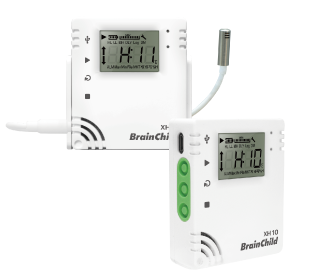
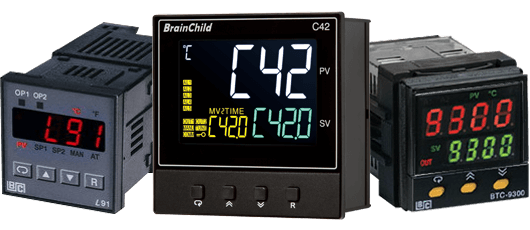

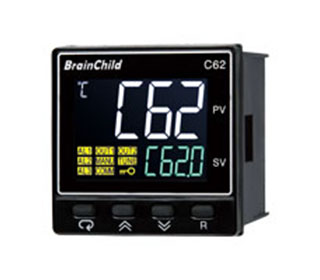
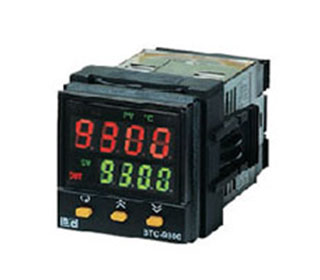
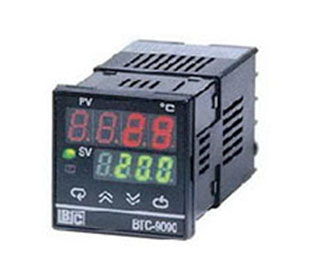
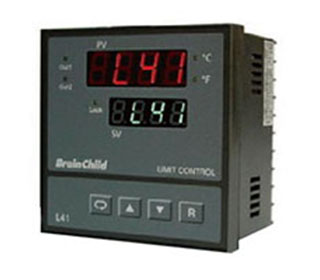
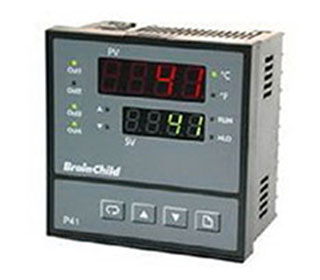
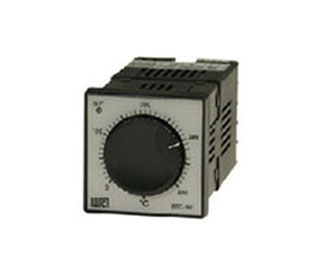

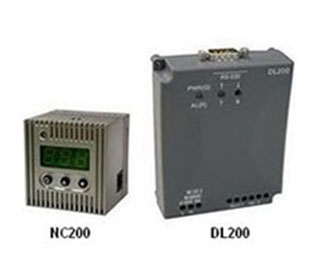
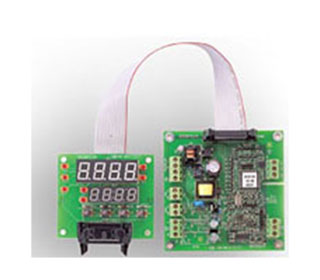
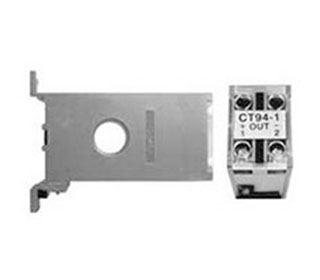
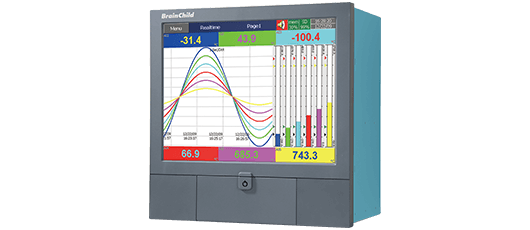
.png)
